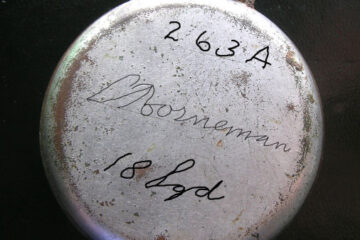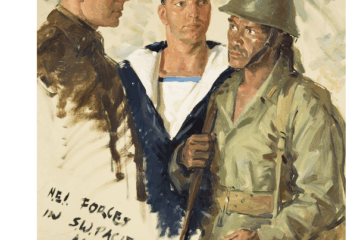This is a YouTube video. After playing the video, press the return button to go back to the DACC Hub.
Hollandia – Dutch New Guinea
This a a brief summary of the Dutch book: Een laatkoloniaal experiment (A late colonial experiment) by author Karel Davids).
In 1962, the Netherlands reluctantly withdrew from a project it had invested in: preparing the Papuans of Dutch New Guinea for self-determination. This decision marked the end of a significant experiment that took place between 1950 and 1962. The experiment aimed to foster independence for the Papuans, distinct from Indonesia.
The disagreement between the Netherlands and Indonesia over New Guinea persisted even after Indonesia’s independence in 1949. While the Netherlands argued for Papuan self-determination based on ethnic and developmental differences, Indonesia claimed New Guinea as part of its former territory. The conflict escalated over the years, with Indonesia pressing for control through diplomatic and military means.
Ultimately, in 1962, under pressure from the United States and faced with the imminent threat of an Indonesian invasion, the Netherlands relented. Also Australia an Allied partner of the Netherlands, involved of what was then the Netherlands East Indies, sided with Indonesia. Dutch New Guinea was handed over to Indonesia, leading to the departure of Dutch officials and the integration of New Guinea into Indonesia.
The author, Karel Davids, focuses on the development of Hollandia (now Jayapura) as a microcosm of Dutch New Guinea. During WWII the American staging camp for the war in the Southwest Pacific was moved from Brissbane to Hollandia. The American presence in the saw Hollandia economically. However, disparities existed among the residents, with better opportunities often reserved for Dutch settlers and immigrants from the Dutch East Indies.
The process of “Papuanisation” involved initiatives such as education and local governance, aiming to prepare the Papuans for self-rule. Despite progress, tensions with Indonesia and internal challenges hindered the path to independence. In 1962, amid escalating tensions and Indonesian infiltrations, the momentum towards independence waned.
Opposition to Dutch policy towards New Guinea existed both in Indonesia and the Netherlands. Critics argued that Dutch involvement in New Guinea was unsustainable and served neither Papuans nor Dutch interests. However, the outcome of Indonesian governance and the suffering of Papuans post-1962 were unforeseen at the time.
Davids’ book sheds light on the history of Hollandia and its significance in the context of Dutch New Guinea. While the regret over the outcome of the conflict is understandable given the subsequent hardships faced by the Papuans under Indonesian rule, the decision to withdraw was influenced by geopolitical realities and the inability to win the conflict.
Top of Form


